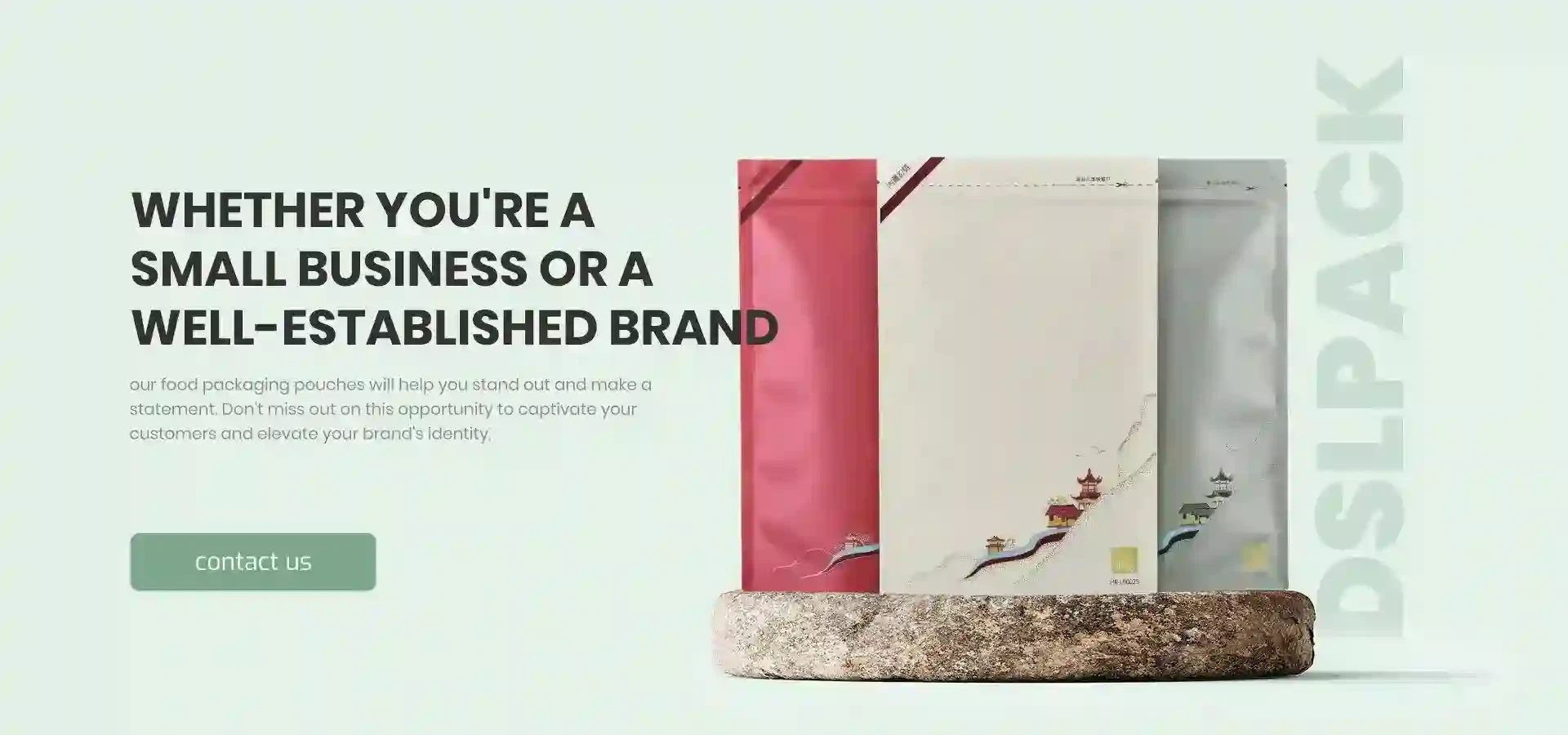- Afrikaans
- Albanian
- Amharic
- Arabic
- Armenian
- Azerbaijani
- Basque
- Belarusian
- Bengali
- Bosnian
- Bulgarian
- Catalan
- Cebuano
- chinese_simplified
- chinese_traditional
- Corsican
- Croatian
- Czech
- Danish
- Dutch
- English
- Esperanto
- Estonian
- Finnish
- French
- Frisian
- Galician
- Georgian
- German
- Greek
- Gujarati
- haitian_creole
- hausa
- hawaiian
- Hebrew
- Hindi
- Miao
- Hungarian
- Icelandic
- igbo
- Indonesian
- irish
- Italian
- Japanese
- Javanese
- Kannada
- kazakh
- Khmer
- Rwandese
- Korean
- Kurdish
- Kyrgyz
- Lao
- Latin
- Latvian
- Lithuanian
- Luxembourgish
- Macedonian
- Malgashi
- Malay
- Malayalam
- Maltese
- Maori
- Marathi
- Mongolian
- Myanmar
- Nepali
- Norwegian
- Norwegian
- Occitan
- Pashto
- Persian
- Polish
- Portuguese
- Punjabi
- Romanian
- Russian
- Samoan
- scottish-gaelic
- Serbian
- Sesotho
- Shona
- Sindhi
- Sinhala
- Slovak
- Slovenian
- Somali
- Spanish
- Sundanese
- Swahili
- Swedish
- Tagalog
- Tajik
- Tamil
- Tatar
- Telugu
- Thai
- Turkish
- Turkmen
- Ukrainian
- Urdu
- Uighur
- Uzbek
- Vietnamese
- Welsh
- Bantu
- Yiddish
- Yoruba
- Zulu
flexographic printing company
The Rise of Flexographic Printing A Comprehensive Overview
Flexographic printing, often abbreviated as flexo printing, has emerged as one of the most versatile and efficient printing methods in the modern commercial landscape. From packaging materials to labels, flexographic printing has become a preferred choice for businesses aiming to produce high-quality prints at a rapid pace. This article delves into the fundamentals of flexographic printing, its advantages, applications, and the future prospects of this innovative technology.
What is Flexographic Printing?
Flexographic printing is a form of relief printing that uses flexible photopolymer plates. The printing process involves transferring ink from raised surfaces on the plate to various substrates, including paper, plastic, and metallic materials. Flexo printing allows for high-speed production, making it ideal for large-volume jobs. This method can accommodate a wide array of inks, including solvent-based, water-based, and UV-cured inks, enabling it to achieve vibrant colors and sharp images.
Advantages of Flexographic Printing
1. Speed and Efficiency One of the standout features of flexographic printing is its ability to operate at high speeds. Flexo presses can run continuously, producing thousands of meters of printed material in just a few hours. This efficiency is particularly beneficial for businesses that require quick turnaround times.
2. Versatility Flexographic printing is suitable for a wide variety of substrates. Whether it's flexible packaging, corrugated boxes, labels, or tags, the adaptability of flexo printing makes it a go-to choice for many industries. The process can print on non-porous surfaces, making it ideal for packaging solutions that require durability and moisture resistance.
3. Cost-Effectiveness For large print runs, flexographic printing can be more cost-effective compared to other printing methods such as lithography or gravure. The initial setup costs are often justified by the speed and efficiency of the production process. Furthermore, the longevity of the photopolymer plates reduces the cost per unit in mass production.
4. Environmental Considerations Many flexographic inks are water-based, which makes them more environmentally friendly compared to solvent-based options. This has led to a significant reduction in VOC emissions (volatile organic compounds) during the printing process, aligning with global sustainability goals.
Applications of Flexographic Printing
Flexographic printing is commonly used in various sectors, including
flexographic printing company

- Packaging From food packaging to consumer goods, flexo printing produces high-quality, eye-catching designs that enhance product visibility on shelves
.- Labels Label printing is a significant application for flexography, with businesses utilizing this technology for custom labels for bottles, jars, and more.
- Newspapers and Magazines Flexographic printing is increasingly used for printing newspapers and other periodicals due to its speed and cost-effectiveness.
- Textiles The textile industry has also embraced flexographic printing for its ability to print bold and intricate designs on various fabric types efficiently.
The Future of Flexographic Printing
As technology continues to advance, the future of flexographic printing looks promising. Innovations such as digital flexographic printing are beginning to blur the lines between traditional flexo methods and digital capabilities. This integration allows for more customization and shorter print runs, meeting the demands of brands that prioritize personalization and rapid product launches.
Moreover, advancements in plate-making technologies are enhancing print quality and reducing setup times. The introduction of laser imaging and improved polymer materials is expected to evolve the flexographic landscape further, allowing for finer detail and more complex designs.
Finally, as sustainability becomes a central focus for many brands, the flexographic printing industry will likely continue to adapt to eco-friendly practices, utilizing more biodegradable inks and reducing waste during production.
Conclusion
Flexographic printing stands as a vital component of the modern printing industry, exemplifying speed, versatility, and efficiency. With its wide-ranging applications and ongoing technological advancements, flexo printing is well-positioned to meet the changing needs of businesses across various sectors. As brands continue to seek innovative and sustainable solutions, the role of flexographic printing will undoubtedly expand further in the years to come, cementing its status as a printing powerhouse.













